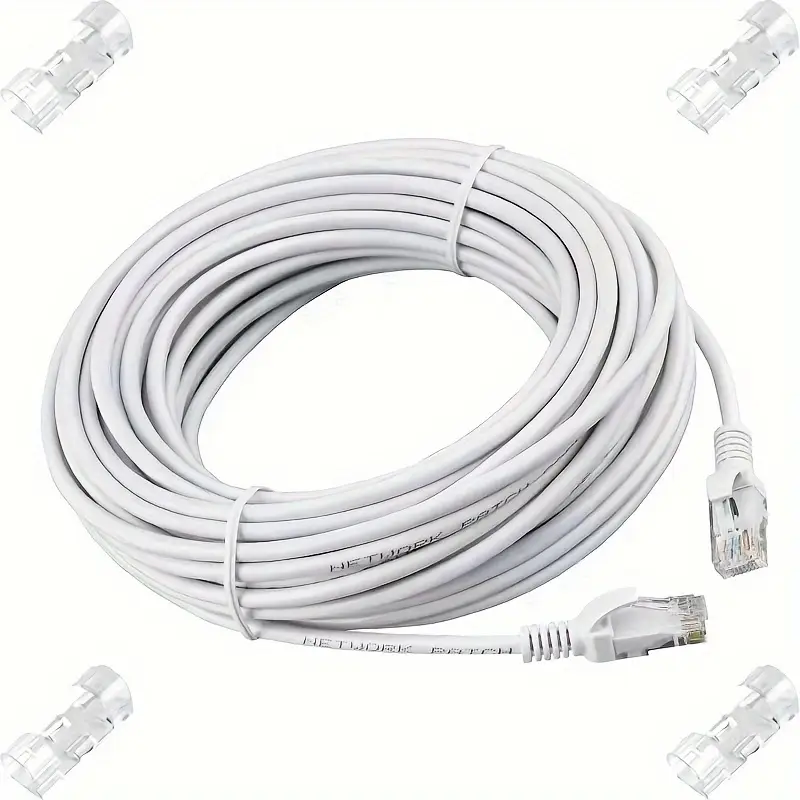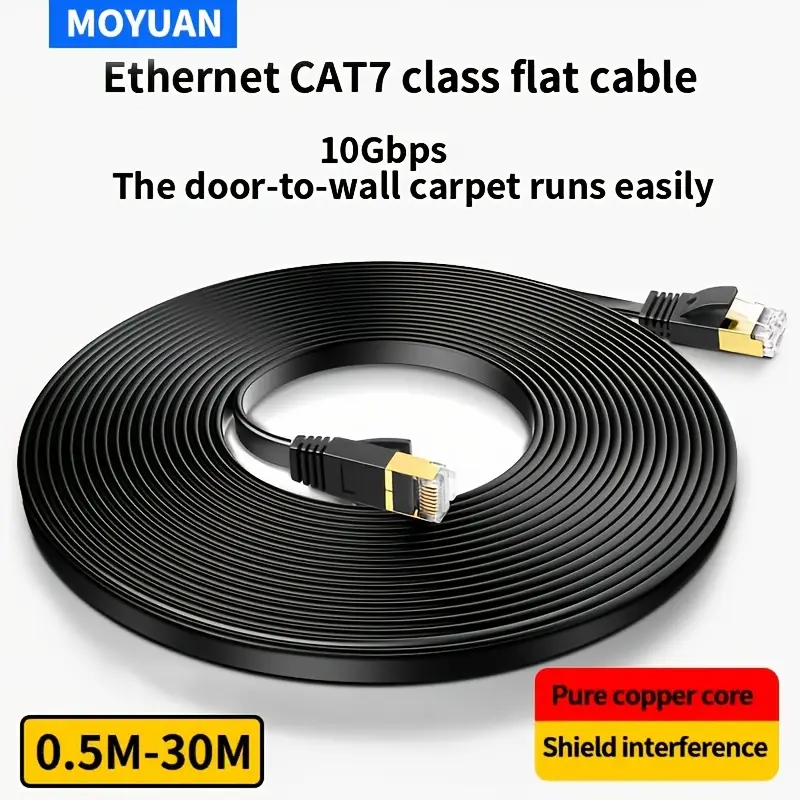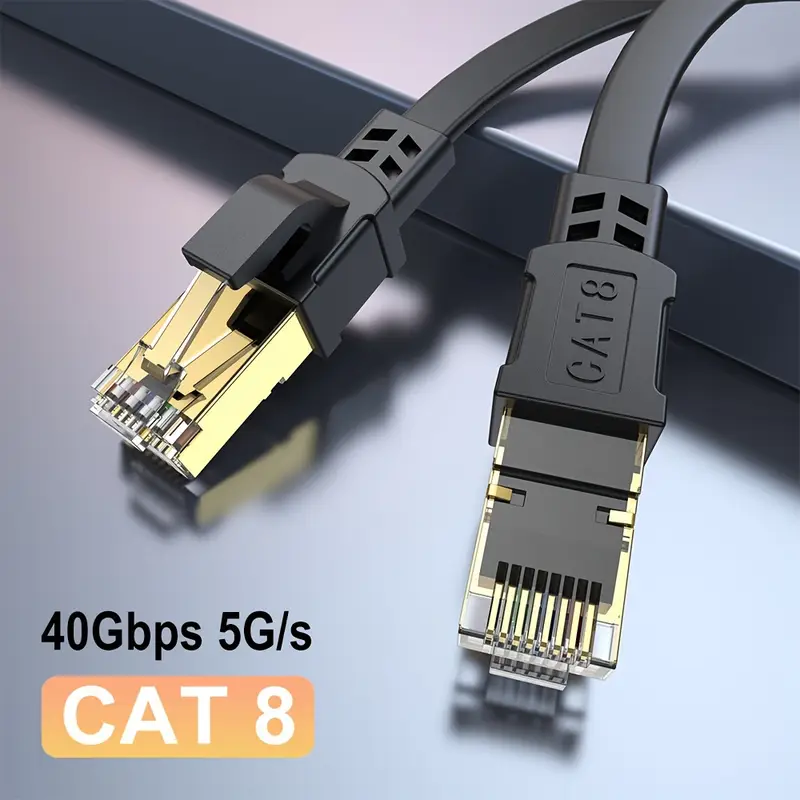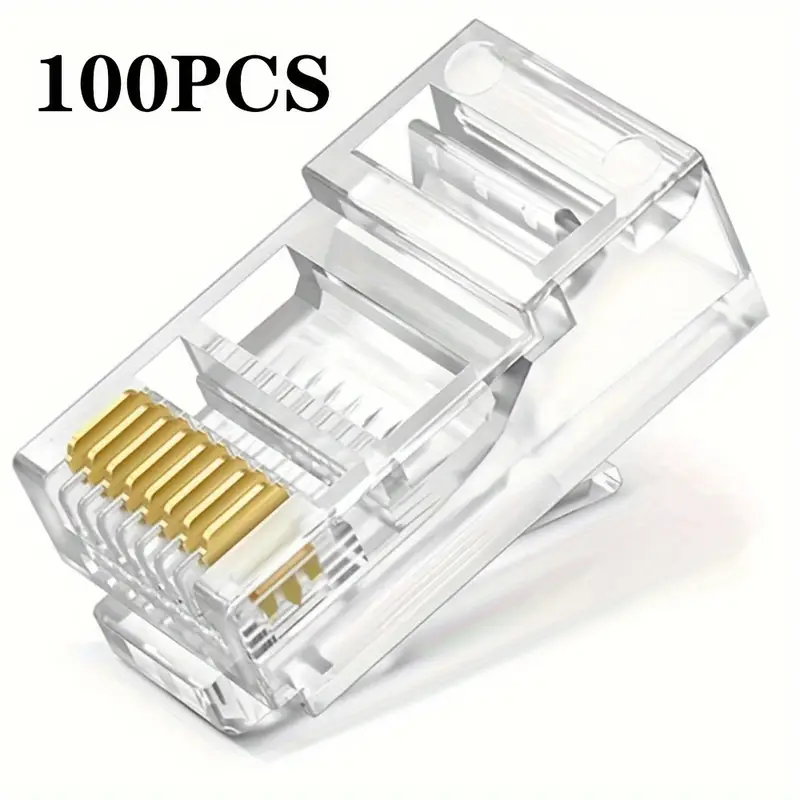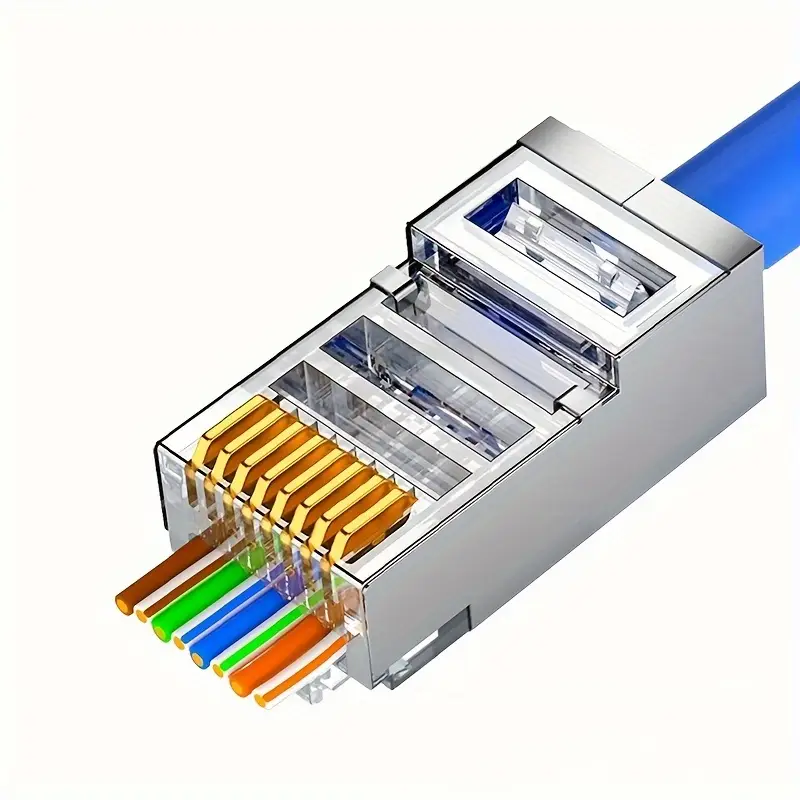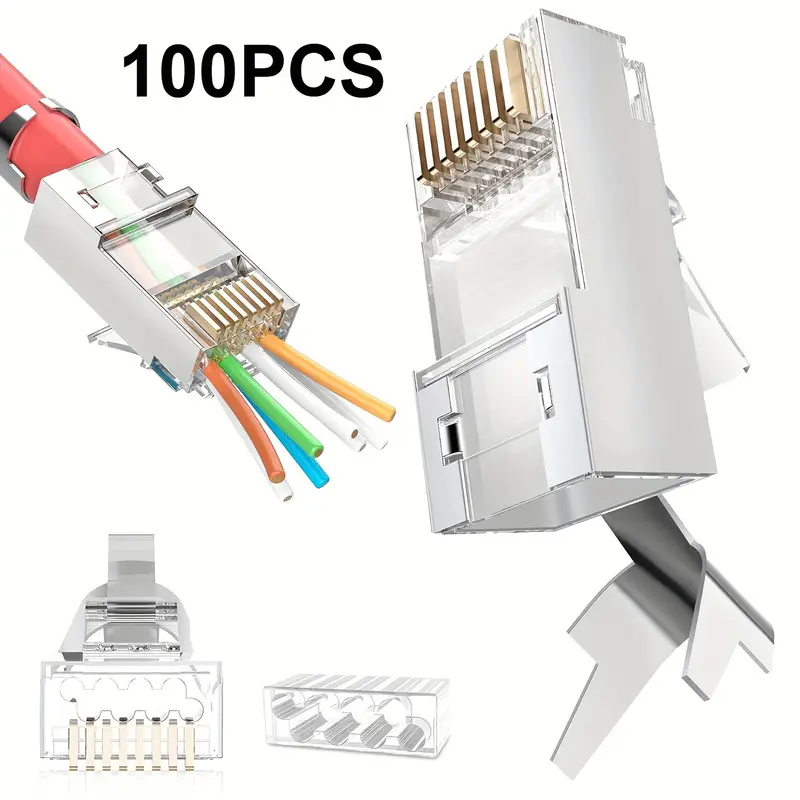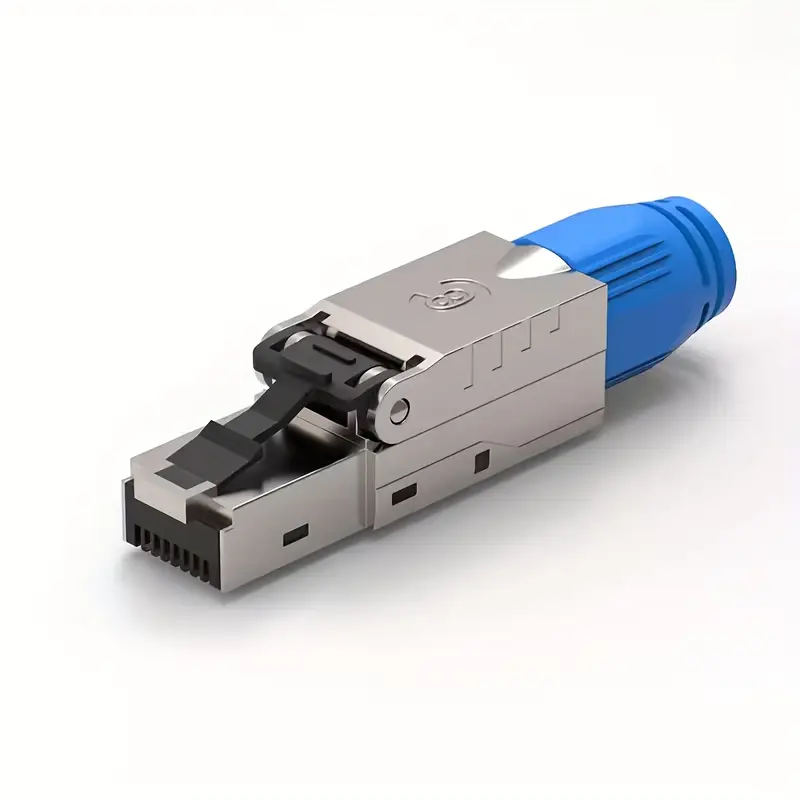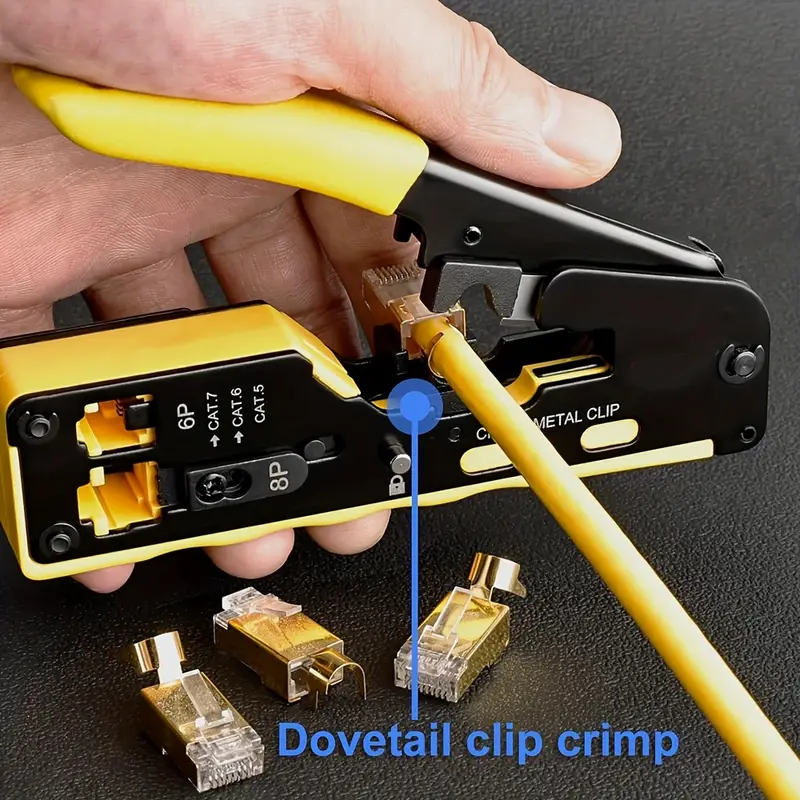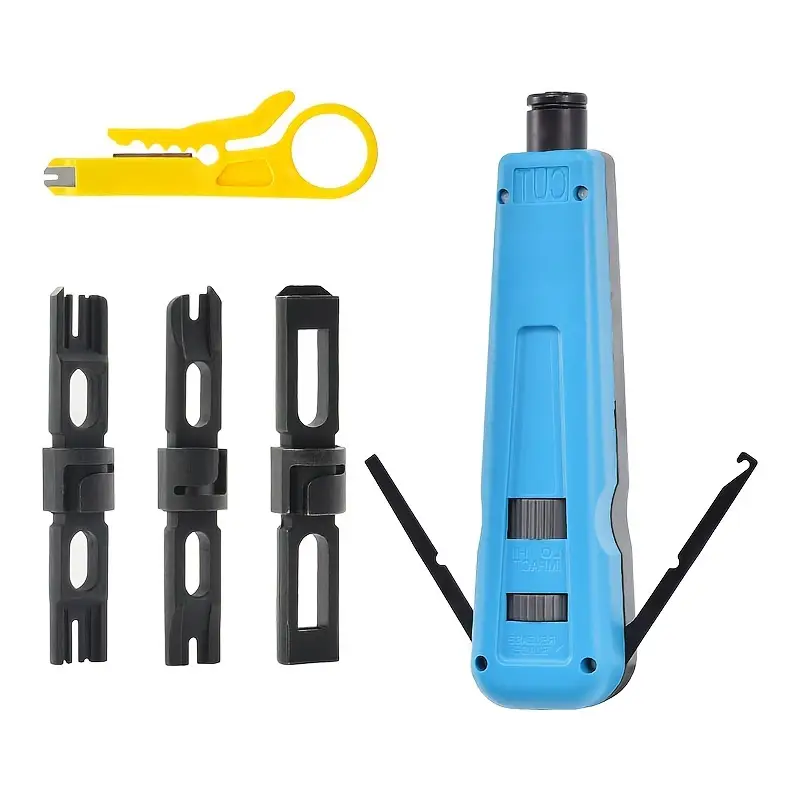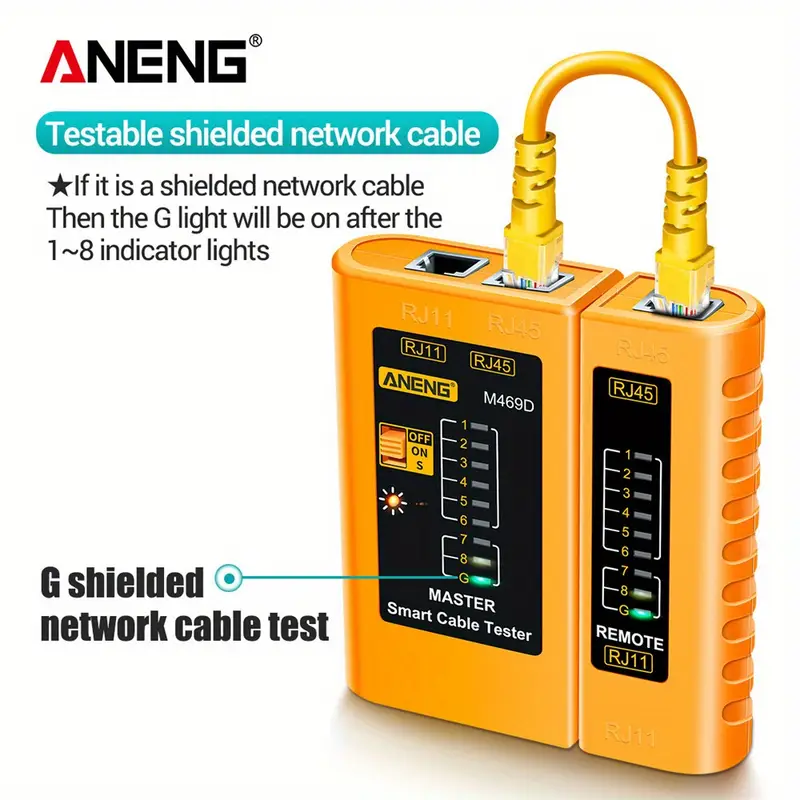Which Ethernet cable is right for you? – CAT5e vs CAT6 vs CAT7 vs CAT8
Choosing the right Ethernet cable is key to reliable, high-speed networking. Below we compare CAT5e, CAT6, CAT7 and CAT8 to help you decide.
✅ CAT5e – Reliable baseline
CAT5e UTP supports up to 1 Gb/s over 100 m. Great for home and small offices on a budget.
✅ CAT6 – For modern networks
CAT6 offers up to 250 MHz bandwidth and better noise rejection. 10 Gb/s is feasible up to ~55 m; 1 Gb/s up to 100 m.
✅ CAT7 – Professional choice
CAT7 S/FTP is fully shielded with up to 600 MHz bandwidth, delivering stable 10 Gb/s up to 100 m in noisy environments.
✅ CAT8 – Short-run, ultra-fast
CAT8 S/FTP provides up to 2,000 MHz bandwidth and 25–40 Gb/s up to 30 m. Ideal for data centers and server rooms.
🔍 Comparison table
| Property |
CAT5e |
CAT6 |
CAT7 |
CAT8 |
| Max speed | 1 Gb/s | 10 Gb/s (to 55 m) | 10 Gb/s (to 100 m) | 40 Gb/s (to 30 m) |
| Bandwidth | 100 MHz | 250 MHz | 600 MHz | 2,000 MHz |
| Shielding | UTP | UTP/STP | S/FTP (fully shielded) | S/FTP (fully shielded) |
| Cable length | 100 m | 100 m | 100 m | 30 m |
| Recommended use | Home, basic | Modern home/office | Office buildings, data centers | Server rooms, data centers |
